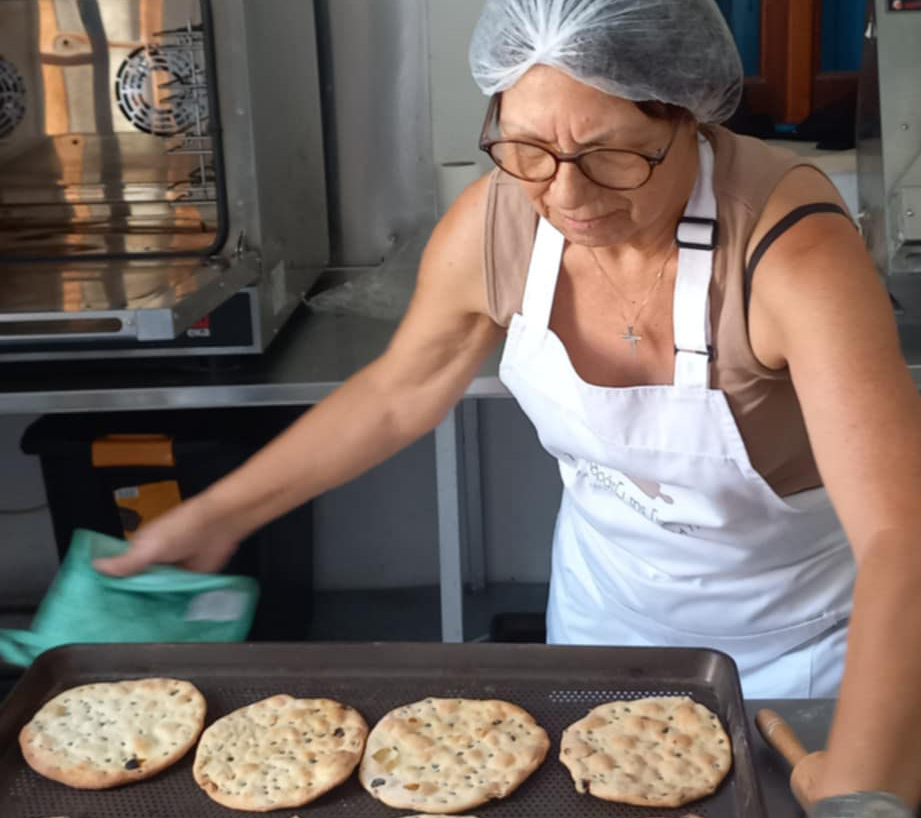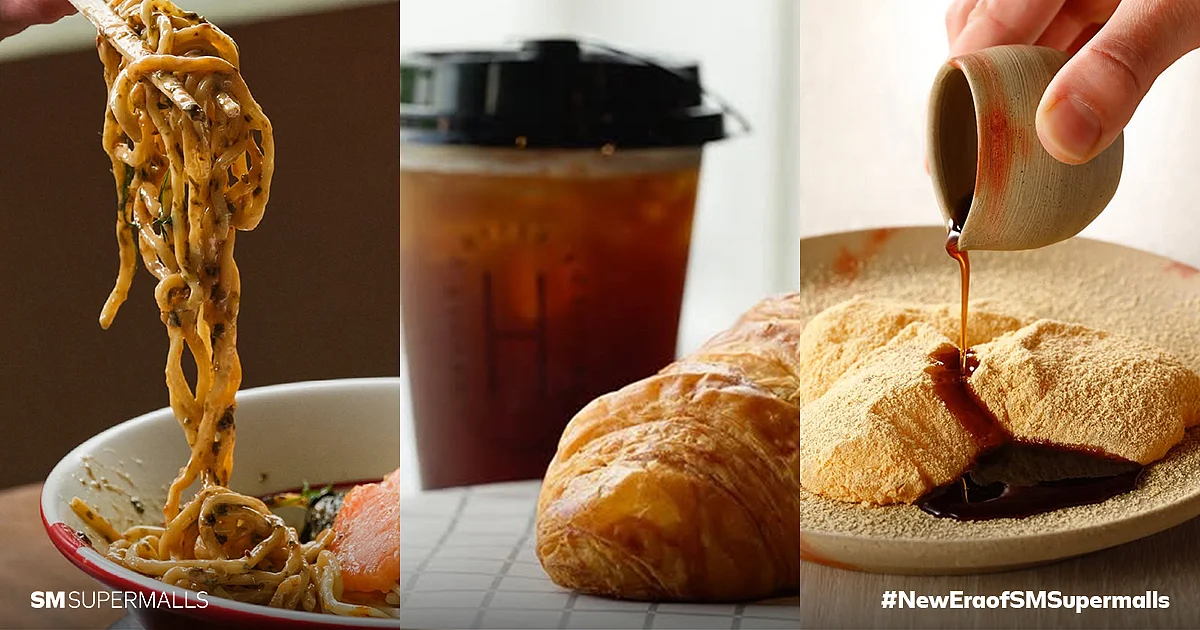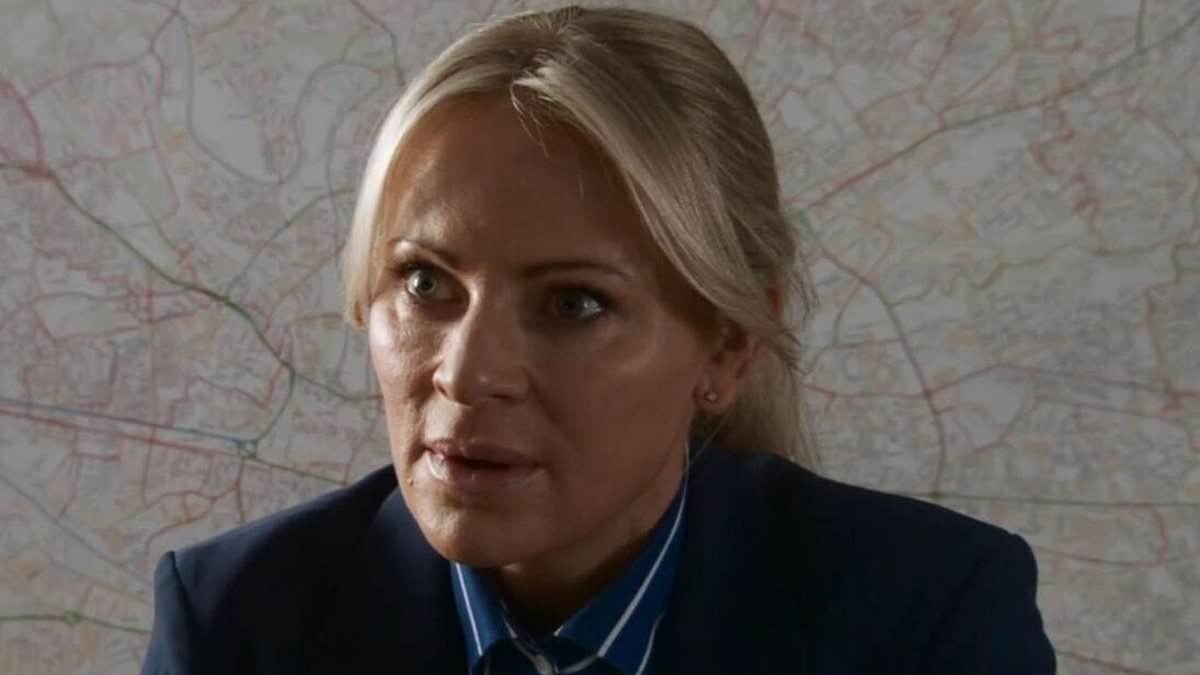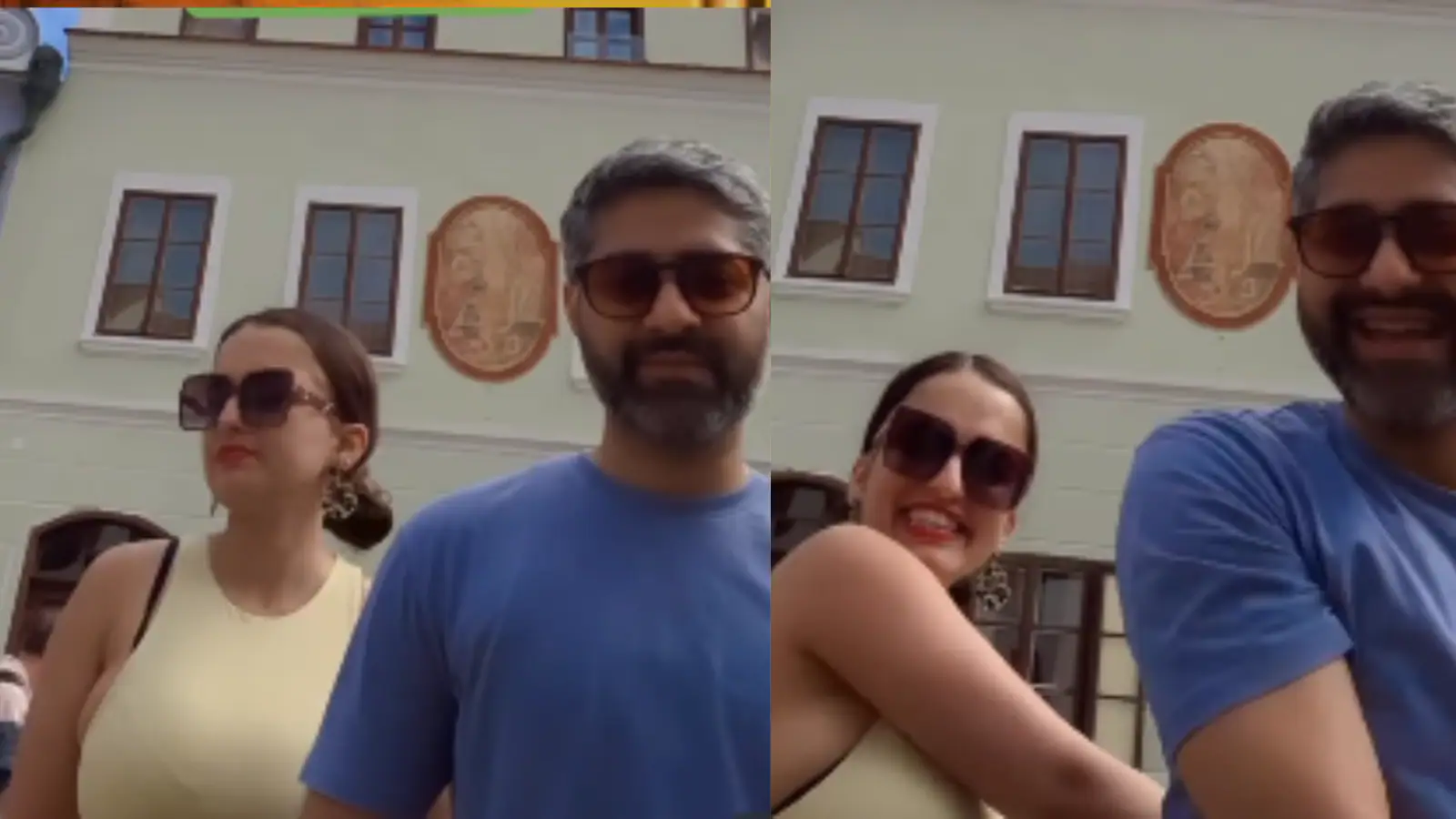By Lyghia Nicolaou
Copyright cyprus-mail

By Martin Clark
In Western Europe, if we go back in time just 100 years, almost everything that our Great Grandparents ate, used or wore, was locally made. The making, especially in villages was usually by hand and used a few simple tools. The carbon footprint of our ancestors was much lower.
By “carbon footprint” I refer to the total amount of greenhouse gases (including carbon dioxide, methane, etc.) released into the atmosphere by a person, organisation, event, or product. It measures the impact of human activities on climate change.
This impact is often expressed in terms of the equivalent amount of carbon dioxide (CO2) emitted (in tonnes per year).
My personal carbon footprint is around 12 tonnes per year, my Welsh-speaking great grandma, Mary Lloyd Roberts carbon footprint was perhaps 2 tonnes per year (similar to a villager in rural Tanzania today)
Now, in many ‘new’ European countries, such as Slovakia and Romania, handmade and craftwork was the village norm just 50 years ago. When I first visited those beautiful countries, soon after the collapse of the Soviet Union, it was very nostalgic for me, because it reminded me of my childhood, 50+ years ago.
People there, even 30 years since my first visits, are much closer to crafts and the land than the average West European.
Unfortunately, hand made crafts are in decline all over Europe. There has been a serious fall-off of ‘intergenerational learning’, that is teaching given directly to children by parents and grandparents.
The European Union recognises that this is a problem, but still invests massively in the ‘digital shift’ and ‘artificial intelligence’, etc. In some spheres those who crave a simpler life, using hand made things and not become a slave to computers or smartphones are treated with disdain. This is a whole other story.
Two years ago, Kato Drys community council, in Larnaca district’s mountainous area, got their heads together with Lišov Museum in rural Slovakia and Assosiata Satul Verde in rural Romania.
It was not the first time we worked together.
We first met through an EU project called ‘Green Village’ in 2010. Back then and still now, we strive to educate people (of all ages) to be more sustainable. Craftwork is a bit part of it.
There’s a good example here in Cyprus – 15 years ago, ‘anari’ cheese (the second cheese after making halloumi) was made in a small cylindrical basket woven from a course grass (Juncus) growing on salty ground around Akrotiri (Limassol). In 2010 around 40 people, mainly older ladies, were making these baskets and demand was constant.
Cyprus had joined the European Union in 2004, but the health and hygiene rules had not yet come into force. By 2010 the EU was insisting on white plastic baskets from China (easier to clean) and now the handmade juncus basket production in Cyprus is maybe 2% of the anari cheese heyday.
Those made today by a couple of elderly ladies are used for putting pens and pencils in, on a digital nomad’s desk.
Together, our three organisations, wrote a project for the EU Erasmus Plus Programme. We called it “Crafts in Rural Areas” and our application was approved. Each of us was to focus on crafts, encourage craft training and make videos of three selected crafts.
The videos were to be accompanied by interviews with craft artisans who spoke about how they learned and how they thought the craft would continue. For Kato Drys, we have been busily making videos about silversmithing, halloumi making and baking biscuits containing wild seeds and raisins – traditional, crunchy biscuists studded with trimithia (terebinthus berries). “trimithopita” meaning ‘pie with trimithia’.
Also, here in Cyprus, we ran an intensive ‘training week’ that focused on mosaic making, mask making and painted pottery in the Greek Cypriot style. We chose these three crafts because we are working very hard to rejuvenate and preserve them, especially by involving young people.
We were also able to set up a demonstration of ‘Lefkaritika’ (Lefkara embroidery lace and cut threadwork), visit the Kalavassos silk festival, see halloumi making at Loulla’s farm and visit the silversmiths to see them casting.
Through all the training (around 18 people from the three countries were involved), we discussed the history of the craft, how it was carried out and how environmentally friendly it was.
Very importantly, we also discussed the future of the craft.
We all agreed that, in order to survive, it’s necessary to involve more people, especially younger people. Even more important, we have to contemporise and make crafts more interesting and relevant to current and future generations through developing new markets and using new materials.
Regarding the latter, Lefkara lace mobile phone cases come to mind and painting plant pots in an ancient style.
For the mask making in Kao Drys and Pano Lefkara, we are determined to revive the once so important masking traditions of the Eve of Green Monday and the Kallikantzeros.
The education goes beyond future craftworkers and makers, we must also point out to consumers that by buying hand-made things they are contributing in a small way to a lifestyle choice of reducing carbon emissions.
Martin Clark is a professional forester and land manager and the director of Grampus Heritage & Training, the UK’s most successful EU wide vocational training organisation, with decades of experience



